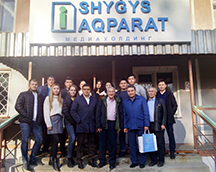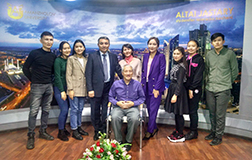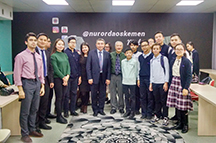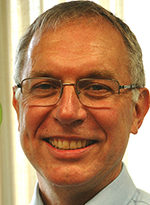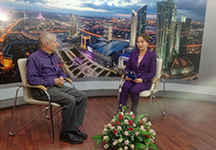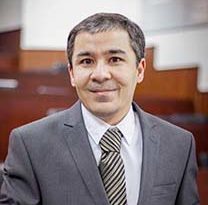
Professor Bahtiyar Kurambayev
Journalism faces a series of ethics crises, particularly in Central Asia because journalism there is marked by wide ethical misbehavior, including lack of balance and impartiality, using multiple fake names, selling and/or buying news and bribing journalists.
A new study by Professor Bahtiyar Kurambaev of KIMEP University in Kazakhstan and Knight Center director Eric Freedman analyzes professional ethical perspectives and practices of Central Asian professional journalists by examining and comparing attitudes in four former Soviet republics that gained their independence in 1991
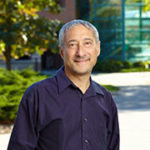
Professor Eric Freedman
Their article, “Ethics and Journalism in Central Asia: A Comparative Study of Kazakhstan, Kyrgyzstan, Tajikistan and Uzbekistan,” in the Journal of Media Ethics uses in-depth interviews with 24 journalists to examine their ethical ideals in the profession and how their ethical perspectives impact potential democracy. Its significance lies in revealing the gravity of ethical misbehavior in a region many where journalists call ethics a “Western luxury” and where public life has been filled with falsehoods.

